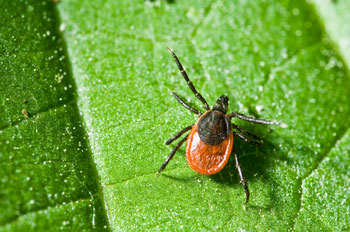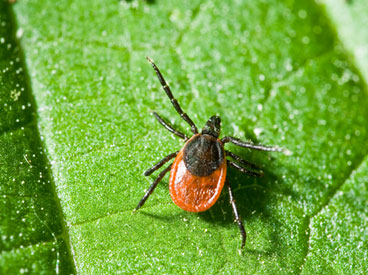
The key seems to be that some persistent forms of Lyme arthritis are actually caused by an immune system run amok rather than by a lingering infection, says Allen C. Steere, M.D. of Massachusetts General Hospital in Boston. (Dr. Steere, who led the team that identified the first outbreak in 1975, has devoted his career to cracking the code on Lyme disease.) In Steere’s clinic, patients who don’t improve after three months of antibiotics are given antirheumatic drugs such as methotrexate and TNF-alpha inhibitors.
These drugs clamp down on widespread inflammation. The approach clears arthritis in some, but it doesn’t work for everyone.
Other research suggests that many people with antibiotic-resistant arthritis were infected with specific strains of the bacteria Borrelia burgdorferi. Additionally, patients often carry susceptibility genes that influence immune function. Both discoveries may someday lead to therapies that treat and even prevent the disease.
Resistant Lyme remains a medical mystery and one of the most hotly debated and controversial topics in medicine, says John Aucott, M.D., president and founder of the Lyme Disease Research Foundation of Maryland.
“We and others are focused on improving the diagnosis of Lyme disease in its early, most treatable stage; determining the incidence and severity of antibiotic-resistant symptoms; and understanding the role of extended antibiotic re-treatment in these patients,” explains Dr. Aucott, who is also an instructor at Johns Hopkins School of Medicine.
Meanwhile, prevention is still your best defense. During peak tick season (from April to November) protect yourself in high grass and in the woods by using repellents on shoes, socks, and pant legs, and do full-body checks after going on a hike.
Become a Saturday Evening Post member and enjoy unlimited access. Subscribe now



